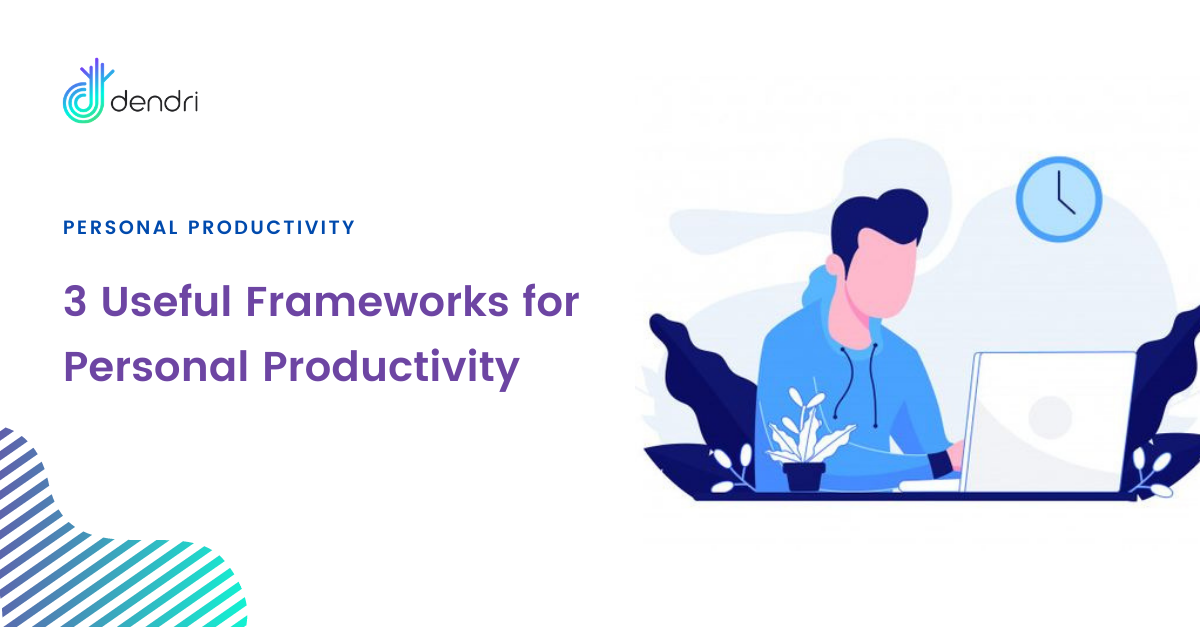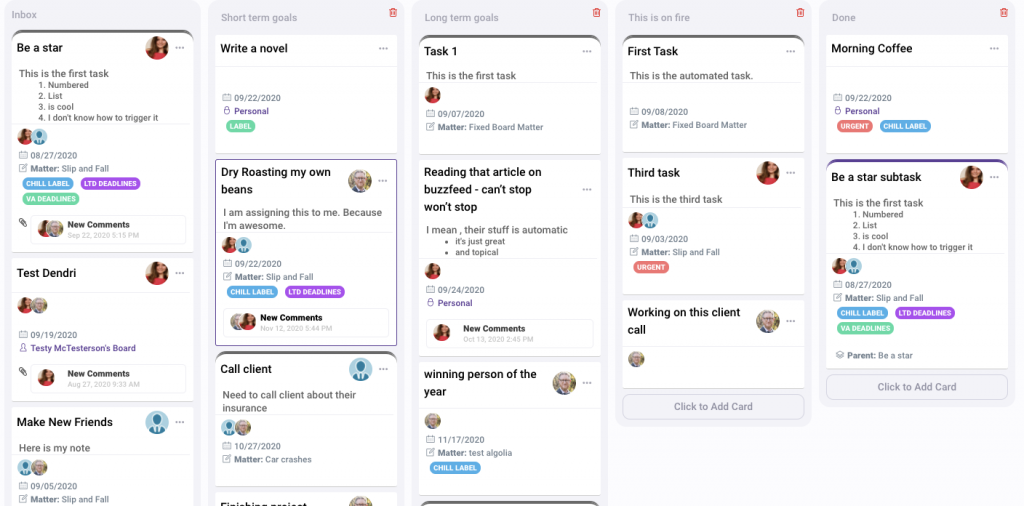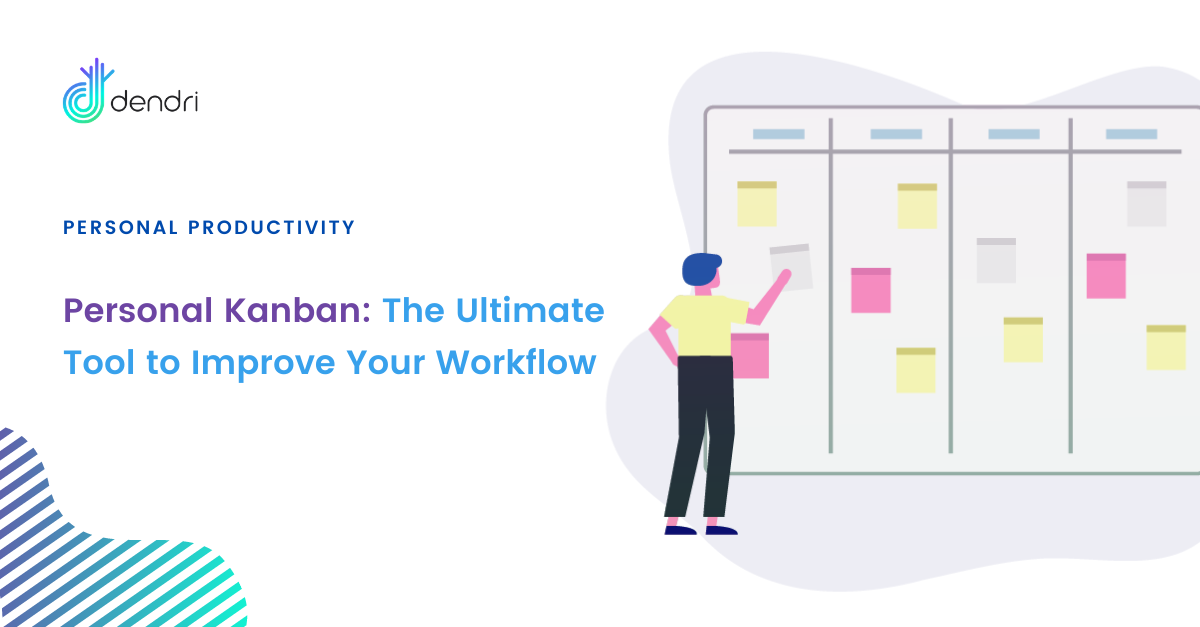
It’s probably safe to say that most of us striving for personal productivity have felt completely overwhelmed by the tasks on our to-do list at some point in our lives.
In fact, Gallup found that 23% of full-time employees “very often” or “always” felt burnt out at work, meanwhile, an additional 44% reported that they felt that way “sometimes”.
Moreover, the same research shows that burnt-out people struggle not only at work, but also in their personal lives.
Apparently, employees who experience consistent high-level burnout are two times more likely to “strongly agree” that the amount of time their job takes makes it difficult for them to fulfill their family responsibilities.
Finally, the same source indicates that burnouts are a serious health hazard, with burnt-out people being 23% more likely to visit the emergency room.
This paints a pretty grim picture: a significant percentage of the workforce is burnt-out, which threatens their careers, personal lives, and health.
So how can you be a top performer, accomplish a lot, and progress in your career without burning out?
In this article, we are going to discuss three popular frameworks that are useful for personal productivity:
- Value tree analysis.
- Kanban methodology.
- Pomodoro technique.
Want to get more done while maintaining a healthy work-life balance?
Continue reading…
#1 Value Tree Analysis
Value tree analysis is a decision-making technique that helps you visualize the information that is relevant to a particular decision and then make the right choice.
Here’s an overview:
- Determine the primary objective and decision alternatives. This is the main goal that you want to achieve and the options that you need to choose from.
- Determine the sub-objectives. These are the lower-order objectives that you want to accomplish by achieving your main goal.
- Determine the attributes. These are the attributes relevant to the sub-objectives and connected to them.
Then create a value tree that is a visual representation of how all these things relate to each other.
For example, let’s say that you want to buy a new car, your options being Citroen, VW Passat, and Audi A4.
Here’s how your value tree might look like:

This is a complex decision-making tool, so if it seems interesting to you, you should consider going through the Helsinki University of Technology introduction to value tree analysis.
It’s worth giving it a try because choosing what to work on is the foundation of personal productivity.
You don’t want to fall into the trap of working hard on the wrong things.
#2 Kanban Methodology
Kanban is a task management system that helps you to visualize the work that needs to be done.
You create a Kanban board that is divided into three sections: “To-Do”, “In Progress”, and “Completed”.
Then:
- Add all your tasks to the “To-Do” section.
- Pick a task from the “To-Do” section, move it to the “In Progress” section, and start working on it.
- Move that task to the “Completed” section once it’s done.

There are only two rules that you need to follow:
Rule #1: Visualize Your Work
You must have a Kanban board.
You can use a whiteboard and Post-It notes or you can use software like Dendri, or others like Trello or gitscrum.
It’s worth noting that an analog Kanban board may work better for personal productivity because it feels more real, but unlike Dendri, you can’t take it with you without *really* big pockets.
And, you will likely find a digital kanban more motivating since you can do things you can’t with paper. But, taking a Post-It note and moving it to the “Completed” section is always going to be satisfying.
Rule #2: Limit Your Work-In-Progress
You must set a limit on the number of tasks that can be in the “In Progress” section at any given time.
That limit depends on whether you are using your Kanban board to manage your daily, weekly, or monthly to-do list.
The more narrow the time frame, the fewer tasks you should have in the “In Progress” section, with the ideal for daily Kanban being just one task.
#3 Pomodoro Technique
Pomodoro technique is pretty straightforward:
- You work for 25 minutes.
- You then take a 5-minute break.
These 30 minutes make up one pomodoro.
Every four pomodoros you take a 20-minute break.
What’s important is that you stay completely focused on work the entire 25 minutes, then actually take a 5-minute (or a 20-minute) break.
You can track time with a simple timer, with free software like Tomato Timer, or with premium software like FocusBooster.

Here are some tips on how to get the most out of this technique:
Decide on a Fixed Number of Pomodoros
It’s best to decide in advance how many pomodoros you want to accomplish on any given day.
Otherwise, you may get a lot done, but still end up feeling like a failure because you “should have done more”.
It’s also important to be realistic here. You don’t want to bite off more than you can chew. What number of pomodoros per day is sustainable in the long run?
For example, when Chris Winfield started using the Pomodoro technique, he thought that he could do 16 pomodoros, but only completed 12 on his first day.
“I got a ton done, but still felt like a failure because I fell short of my goal. I felt tired and miserable,” he recalls.
Chris Winfield eventually reduced the goal to five pomodoros per day, then worked his way up to eight pomodoros, which was the number that worked best for him.
He later switched to a weekly goal of 40 pomodoros per week which gave him more flexibility.
“Wait, 40 pomodoro per week is only 16.7 hours, is this guy serious?” you may think.
“ I ‘work’ 35-40 hours a week, but I spend at least 20-25 of those hours on calls, meetings, networking on- and offline, and other less-focused tasks. These are important, but I don’t count them as work time. I truly work 16.7 hours each week, and I get about five times more done in those few hours than in the other 25 hours,” he explains.
It’s important to understand that “deep work”, or focused work, is not the same thing as “shallow work”, or unfocused work.
Realistically, most of us are only able to do 3-4 hours of deep work per day before diminishing returns kick in, so trying to do more than that is likely to lead to low-quality work.
That’s something to keep in mind when setting your daily pomodoro goal.
Assign a Task to Each Pomodoro
You may have heard of Parkinson’s Law:
“Work expands so as to fill the time available for its completion.”
When you set the number of pomodoros you want to complete that day, you should also assign a task to each pomodoro.
This helps to avoid the perfectionism trap where you agonize over insignificant details instead of getting things done.
It also gives you a better idea of how long each task takes. It’s extremely common to underestimate this, which can lead to problems like unnecessary stress, all-nighters, missed deadlines, etc.
Analyze Your Performance and Adjust Your Expectations Accordingly
Analyze your performance at the end of each day, week, and month. Were your expectations of how much work you can accomplish accurate?
For example, you may find that:
- Your daily pomodoro goal is too ambitious, making you feel like a failure because you can’t reach it.
- Your daily pomodoro goal is achievable, but it leaves you completely exhausted, which introduces a burnout risk.
- You consistently underestimate how long a particular task will take (say, you keep assuming that it will take 4 pomodoros, but it actually takes 6-8 pomodoros).
You need to adjust your expectations based on your actual performance.
That way, you’ll be able to plan your work better, save yourself the predictable disappointment of overshooting and protect yourself from burning out.
Using a tool like a Task Period Journal can help you track your progress on all of these possibilities.
Conclusion
It is possible to get a lot done without burning out.
However, in order to do that, you need to establish a personal productivity system.
You may want to experiment with various frameworks, techniques, and hacks to see what works best for you.
What’s important is that you track the time you work, the tasks you accomplish, and how you feel.
That will help you figure out how to get things done and achieve personal productivity while maintaining a healthy work-life balance.
Related Posts

Personal Kanban: The Ultimate Tool to Improve Your Legal Workflow
The ultimate step-by-step guide to getting your work out of email and into a visual system that will save you time and increase your productivity. What is a Kanban? In the early 1940s, Toyota was…
- Mar 30
- 6 mins read


How To Unknowingly Sabotage Your Law Firm Employees
As an incoming attorney, you are subject to the random discovery of pre-set workflows and tech stacks your law office has already adopted. This unilateral focus on unified workflows can do you an injustice. Explore why today.
- Mar 17
- 4 mins read
Categories
Latest Post
Friday 7/2/21 updates
- July 2, 2021
- 3 mins read
Elevate project tracking with Dendri’s new Gantt Chart
- May 8, 2021
- 3 mins read
Personal Kanban: The Ultimate Tool to Improve Your Legal Workflow
- March 30, 2021
- 6 mins read
How To Unknowingly Sabotage Your Law Firm Employees
- March 17, 2021
- 4 mins read




